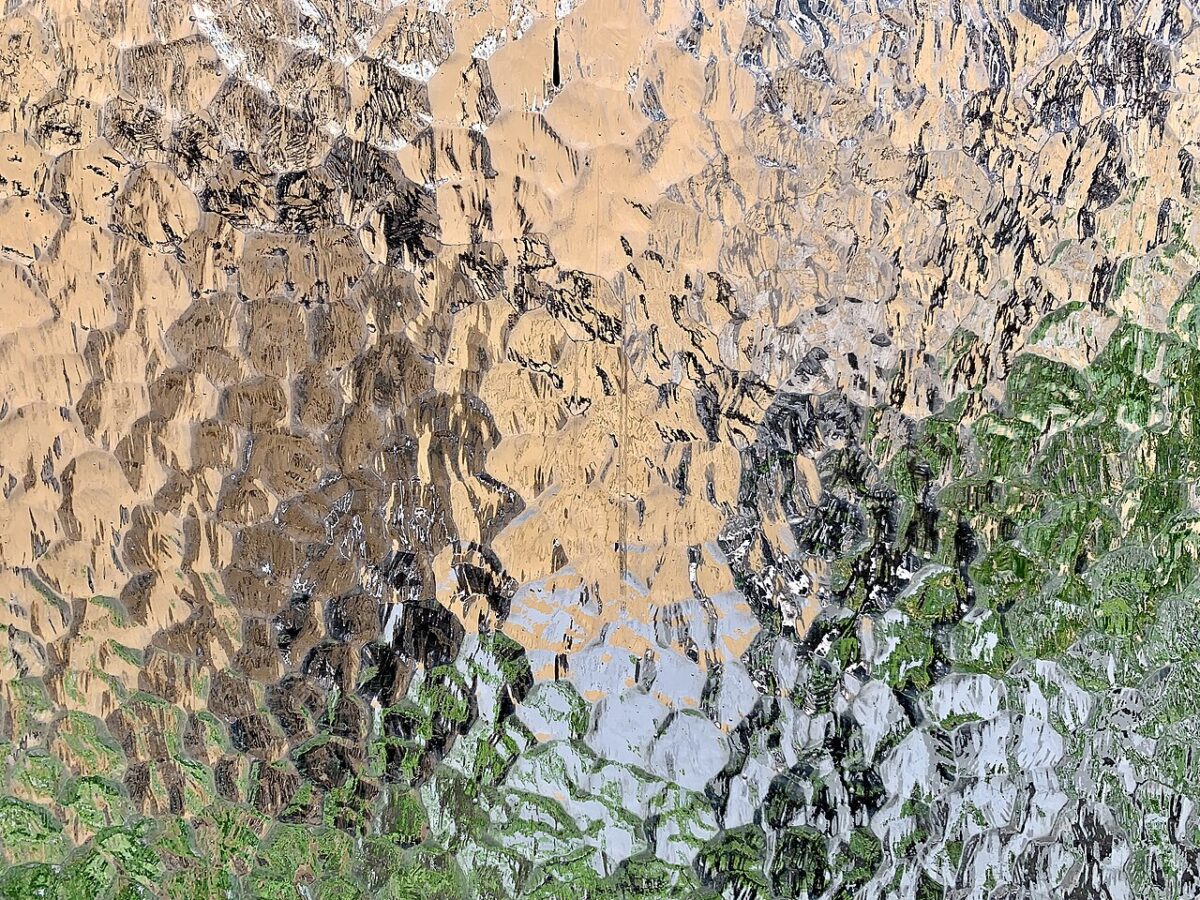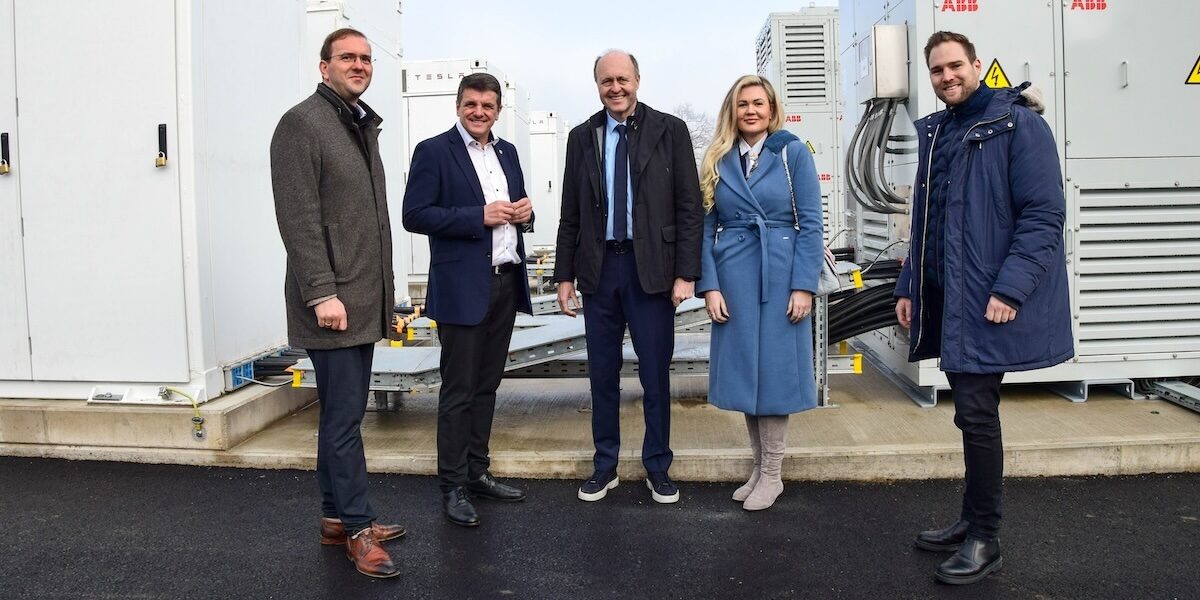Researchers from South Korea have constructed a building-integrated photovoltaic (BIPV) system that uses patterned glass for its aesthetic qualities and analyzed it against a conventional module. Unlike previous studies that reported lower energy yields in BIPV systems, this recent study's findings have shown only minimal loss.
“Several studies have reported that BIPV modules often exhibit low performance, such as reduced module power, due to their designs and optical properties,” explained the team. “However, the test-sample module with patterned glass overcomes these limitations while maintaining appealing aesthetics. This improved performance was attributed to the glass surface morphology and the vertical south-facing orientation relative to the latitude of the sun.”
The BIPV and reference modules have used two half monofacial passivated emitter and rear-contact (PERC) cells. The front and back encapsulants were made of 500 μm transparent ethylene vinyl acetate (EVA), and the black back sheet was made of 350 μm of polyethylene (PE) and polyethylene terephthalate (PET). The conventional module was made with 3.2 mm thick conventional glass, while the BIPV module used 5 mm of patterned glass.
“This type of glass is commonly used in architectural and interior applications where privacy and light diffusion are key, providing a unique visual texture that mimics the look of raindrops,” the team explained. “In this process, semi-molten glass passes between two metal rollers, one or both engraved with a pattern, imprinting the design onto the glass to create a textured surface. In conventional modules, metal components like busbars and fingers are easily visible, but with patterned glass, they are obscured.”
Under standard test conditions (STC), the unencapsulated cell had a power output of 7.66 W, while it had 7.6 W at the reference module and 7.57 W at the BIPV module. That 0.4% difference in cell-to-module (CTM) conversion ratio is primarily attributed to the lower short-circuit current (Isc) of 7.09 A in the BIPV, compared to the 7.13 A in the reference.
Next, also under STC, the team measured the external quantum efficiency (EQE), representing the efficiency of converting incoming photons into electrons. “Up to 500 nm, there were no significant differences in the EQE values of the two modules. However, beyond 500 nm, the difference increases to 3.6% at around 780 nm. The patterned glass of the test sample reduced the light transmittance, contributing to a lower Isc and, ultimately, a lower power,” the academics said.
Later, the team tested the modules on a rooftop in central South Korea under the summer conditions of June and July. Both modules were aligned southward and with a tilt angle of 90◦. The I-V parameters, temperature, and irradiation data were collected every three min for both modules.
“Energy yield was measured over two months during the summer, and the reference module exhibited a higher energy yield of 0.5 %,” they further explained. “The test sample module showed a normalized open-circuit voltage decrease of 0.82%, attributed to the thicker front glass. The test sample module exhibited a slightly higher normalized short-circuit current of 0.78%. This result contrasts with the expectations based on the STC and the EQE tests, where the reference module was expected to have a higher short-circuit current. However, in the field, the normalized short-circuit current followed a different trend.”
Their findings were presented in “Performance comparison of a building-integrated photovoltaics (BIPV) module with patterned glass in Korean weather,” published in the Journal of Power Sources Advances. Scientists from South Korea's Korea University and the Research Institute of Industrial Science and Technology (RIST) have conducted the study.
This content is protected by copyright and may not be reused. If you want to cooperate with us and would like to reuse some of our content, please contact: editors@pv-magazine.com.



By submitting this form you agree to pv magazine using your data for the purposes of publishing your comment.
Your personal data will only be disclosed or otherwise transmitted to third parties for the purposes of spam filtering or if this is necessary for technical maintenance of the website. Any other transfer to third parties will not take place unless this is justified on the basis of applicable data protection regulations or if pv magazine is legally obliged to do so.
You may revoke this consent at any time with effect for the future, in which case your personal data will be deleted immediately. Otherwise, your data will be deleted if pv magazine has processed your request or the purpose of data storage is fulfilled.
Further information on data privacy can be found in our Data Protection Policy.